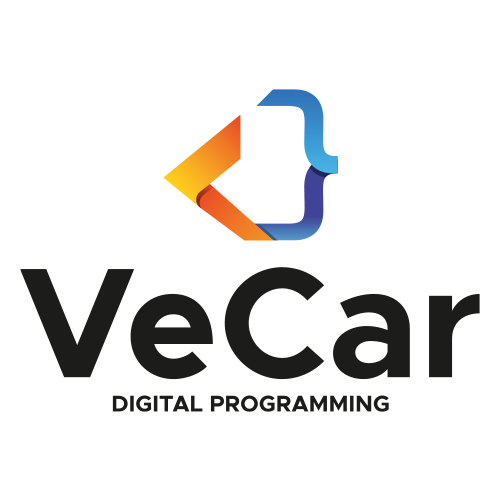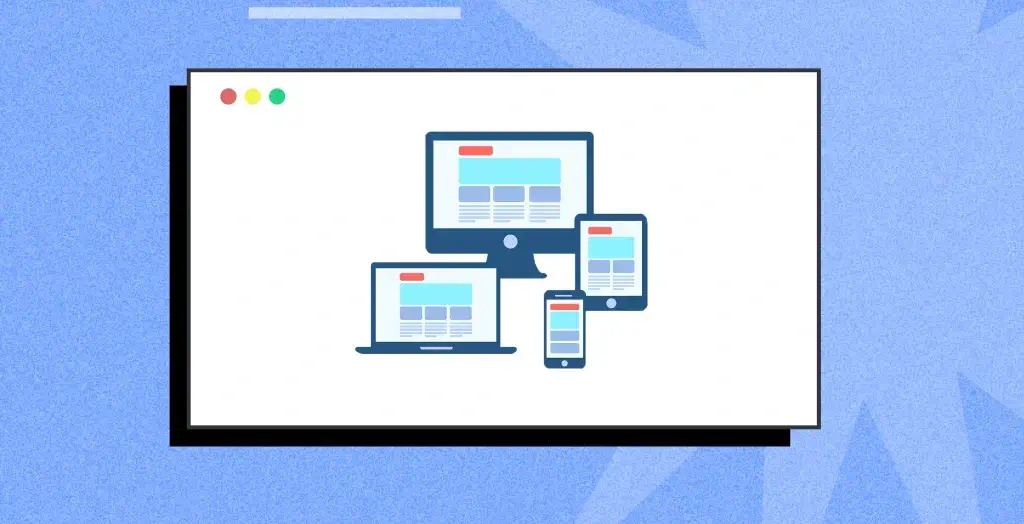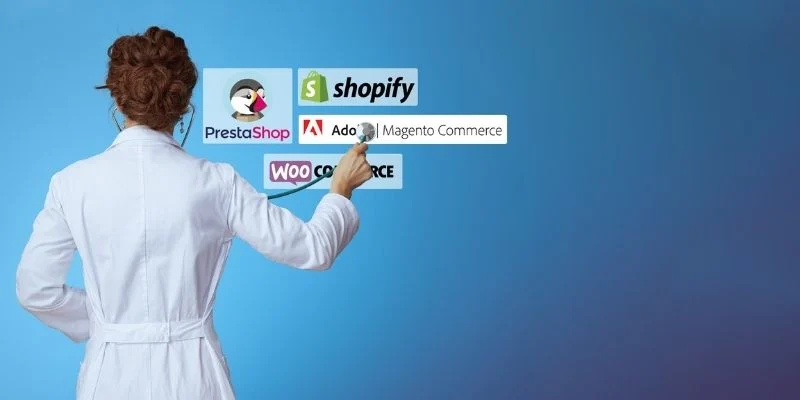
When it comes to software development, businesses have two options: developing a software from scratch or customizing an already existing one. Both methods have their pros and cons, and understanding the differences between the two can help you make an informed decision.
A software written from scratch refers to a custom-built software that is developed specifically to meet the needs of a business. This process involves creating the software’s architecture, designing its user interface, and writing code that meets the unique needs of the organization. This approach can be time-consuming and costly, but it offers complete flexibility and control over the software’s functionality and design.
On the other hand, a customized software refers to an existing software that has been modified to meet the specific needs of a business. This approach involves taking an off-the-shelf software solution and adding custom features, integrations, and interfaces to suit the specific requirements of the organization. This approach is often faster and cheaper than building software from scratch, but it can be limited by the original software’s architecture and functionality.
The main difference between these two approaches lies in the level of customization they offer. Building software from scratch allows businesses to create a unique solution tailored to their specific needs, but this process is often expensive and time-consuming. Customizing an existing software solution is faster and more cost-effective, but it may not provide the level of customization and control that a business requires.
In conclusion, choosing between building software from scratch and customizing an existing solution depends on the specific needs of a business. Building software from scratch offers complete flexibility and control, but it can be expensive and time-consuming. Customizing an existing software solution is often faster and more cost-effective, but it may not offer the same level of customization and control. Ultimately, businesses should weigh the pros and cons of each approach and choose the one that best suits their needs and budget. We can help you to take the right choice evaluating the pros and the cons between these two approaches.





